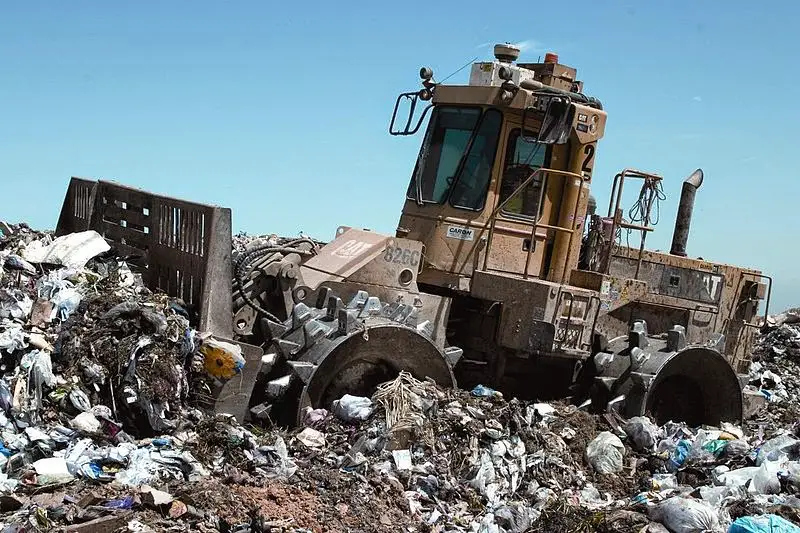 You would think that the world’s largest garbage dump would be located on land somewhere, but you would be wrong. The largest dump swirls in the Pacific Ocean and is separated into two separate entities by a garbage collector called Mother Nature.
You would think that the world’s largest garbage dump would be located on land somewhere, but you would be wrong. The largest dump swirls in the Pacific Ocean and is separated into two separate entities by a garbage collector called Mother Nature.
The Great Pacific Garbage Patch is an expansive stretch of man-made debris that has accumulated in the northern Pacific Ocean. Its size is immense, estimated to be two-times the size of the state of Texas. There are two masses of refuse that make up the “Garbage Patch”, the eastern and western portion. The eastern portion is between California and Hawaii, and the western portion floats between Japan and Hawaii.
The ocean’s garbage accumulates in these spots because of something called the North Pacific Subtropical Gyre. It is a clockwise movement of currents and little animal life exists there except for an abundance of phytoplankton. The current acts like a giant vacuum cleaner, sucking up all the world’s floating trash. Each patch is connected by a current 6,000 miles long called the Subtropical Convergence Zone which also has trash located in it.
Most of the trash is plastic which sinks, damaging life on the sea floor, and the rest either moves in the garbage patch or floats to some distant shore. 90% of the trash estimated to be floating in the oceans is believed to be plastic.
So what can be done about this giant mess? A 19-year old Dutch teenager has a proposal that is catching the attention of scientists worldwide. He won recognition two years ago from the Dutch Ministry of Infrastructure and Environment, and although a pilot program has not been started, 15 different groups are backing what is being called the Ocean Cleanup Array. It would consist of a platform run with solar panels that would move the plastic into columns while keeping marine life out. The project would be estimated to cost $43 million a year over ten years. Costs would be offset by the recyclable plastic that would be removed.
What would you do to clean up the Great Pacific Garbage Patch. Comment below, and the more imaginative the better!
Sources : How Stuff Works, LA Times, Christian Science Monitor



